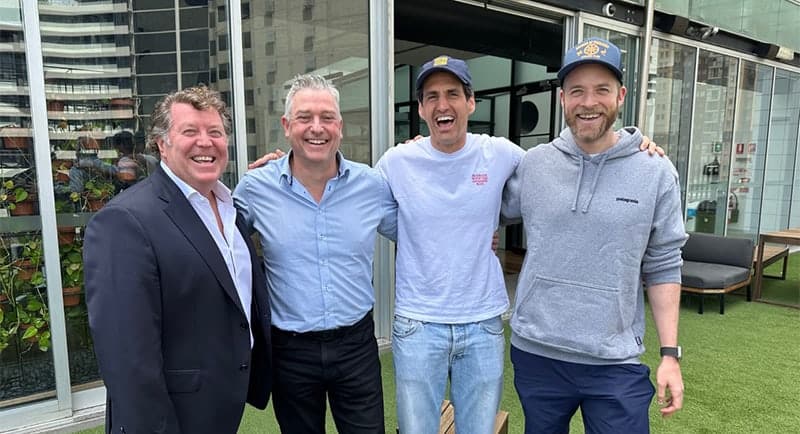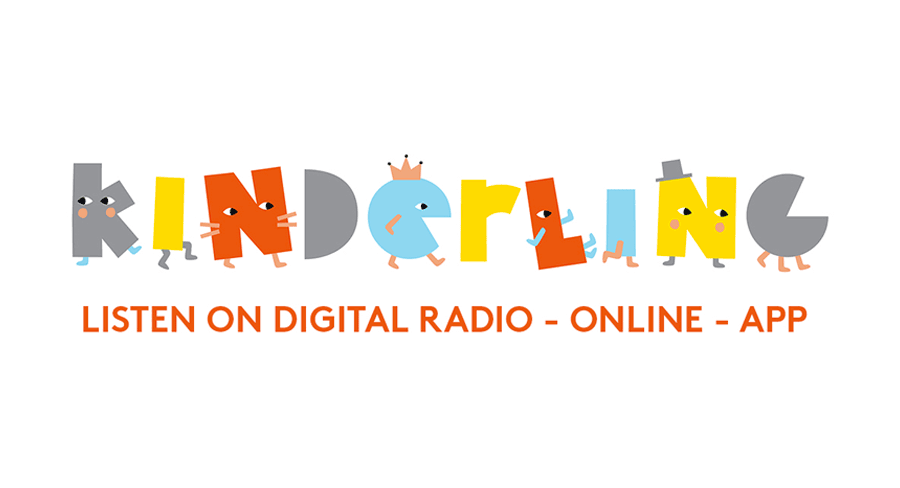SCA chief executive Grant Blackley spoke to Mediaweek after last week’s first-half results were released.
Topics covered included revenue challenges, climbing debt, regional TV and future strategy.
SCA Revenue: Metro strong, regional challenged
“The regional revenue challenge was more pronounced in TV than radio,” Blackley told Mediaweek. “Regional audio had very strong consumption. What we have seen in the regions is the local market [revenue] continuing to grow and the forecast we tabled this week for January and February shows that.
“The foot came off the pedal a little bit with some of the national advertisers. That is not a huge surprise when you see the biggest advertiser in the markets is the government and they always slip back pre and post-election. In the first year after an election we typically see a more dormant government before they start to spend again.
“Certain categories, like finance, which is impacted by interest rates, means they are not necessarily out spruiking what they are doing. Pleasingly some other categories are starting to grow again.
“When you look [at our TV business], it is more structurally challenged. We are very proud we are doing a 24% margin on TV. That’s a solid number and a higher number than what the Seven Network delivers.
“The TV result was a solid contribution, but it is more predisposed to the national advertiser market. Some key categories see the national advertisers not spending as much.”
See also: SCA audio & TV half year – Revenue flat, metro strong, regional challenged

Radio stars with the boss: Fifi Box, SCA CEO Grant Blackley and Marty Sheargold
Regional TV strategy
SCA tried to sell its regional TV business some time ago. The 10 affiliate found a few potential buyers, but they wouldn’t pay what SCA wanted. Blackley explained: “We responded to enquiry in the market [when SCA called for expressions of interest in their TV business]. They were numerous enquiries and we ran a formal process and the SCA board and management agreed on a fair value for our asset. We didn’t receive an offer for fair value so we closed the process down.
“[Television] still makes a meaningful contribution and is a good margin business, and that excludes the multi-million-dollar marketing at no cost we get for LiSTNR and our radio stations on the TV assets which helps us enormously.
“We currently have no [sale] process running and we are running the business to try and improve it.”
Blackley wouldn’t comment if SCA’s affiliate partner Paramount was an interested party. “I won’t speak to anyone who was party to the process,” he said shutting down that part of the discussion.
LiSTNR profitability
SCA forecast that its digital audio business will be profitable in two years.
“At the moment it represents about 5% of group revenue. It grew at a rate of about 65% in January and February. That is just as we onboard [podcast publishers] Stitcher and Wondery. They came on late in the half and we haven’t had much time to monetise those two assets. We are now starting to get a bit more momentum.
“If you do the numbers over time you will that will be a meaningful revenue increase. We have built and deployed and are operating LiSTNR at a different rate now. The costs are starting to mitigate, and the revenue is on the rise which means we are getting toward to cash flow break-even, no later than FY2025.
“The ad market is turning more of its attention to podcasts which is pleasing. We are turning podcasts into an investable medium. Education needs to continue on multiple levels. At the end of the day we have good currency, good reporting and an enhanced suite of products in market. There is now a deeper appreciation from the market that this is a contribution to the total marketing mix.
“Remember our LiSTNR product includes live streaming of radio. We have 100 radio stations running through LiSTNR. You could argue that at some point in time that will be 100% of our revenue because we will all be listening through an IP-enabled device.”

SCA’s Grant Blackley and Dave Cameron at the recent re-signing of Hamish & Andy to LiSTNR
Revenue flat, but debt climbs
“Driving debt higher has been a share buyback,” Blackley explained. “There is about $24.4m of increased debt directly attributed to the share buyback. We will continue that because it is in the shareholder’s interests. Less stock in the market gives existing shareholders a better yield.”
Regarding audio expenses climbing 7%, Blackley said it related to a number of increases. “Employment costs are rising about 4% which is a major contributor. It is harder to retain and reward people. Probably a similar rise when it comes to talent too.
“As a highly digitised company, we are more reliant on software than ever and those costs are climbing too. Although we have less people in the company than we did a couple of years ago, the composition of our people and how we remunerate them is different as well.”
On the earnings call, Blackley noted staff numbers were down 12% (about 250 people) when comparing FY19 to FY 23. That reduced workforce is handling more content though, with audio output over a similar period up 66% to over 1m hours of content annually.

Audio subscription models
Publishers and broadcasters in the UK and US are experimenting with ad-free subscription models for podcasts and radio. Blackley said the prospect of that happening widely here is unlikely.
“We could go down that path, but the growing trend internationally is ad-funded content. We are also seeing that in video streaming too with ad-funded models for consumers. The vast majority of content is not behind a paywall.
“I note we bought Kinderling last year and it had an existing subscription model which we continued. We will look at other options, but it is not easy because there is no benchmark internationally.”
As to subscription radio models being introduced at UK radio brands Great Hits and Magic FM, Blackley responded: “Live radio which has connections with local communities talking about local issues is the jewel in the crown. For some music formats you could perhaps offer an ad-free option if you chose to.
“Australian consumers for 60 years have had radio for free. Starting to charge for it could be a bridge too far. There might be certain products in the audio suite – podcasts or music – might work in the future in an ad-free environment.”
